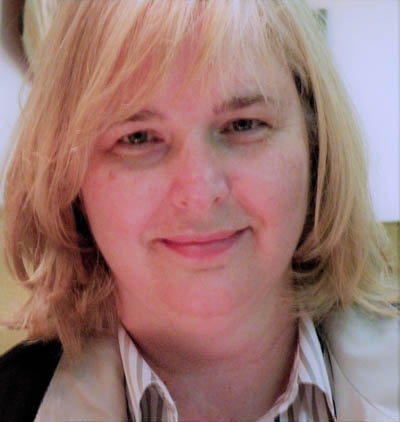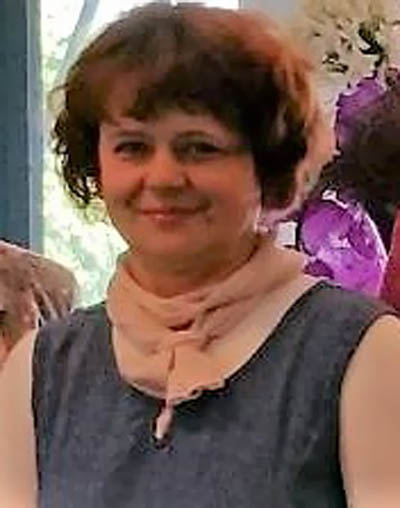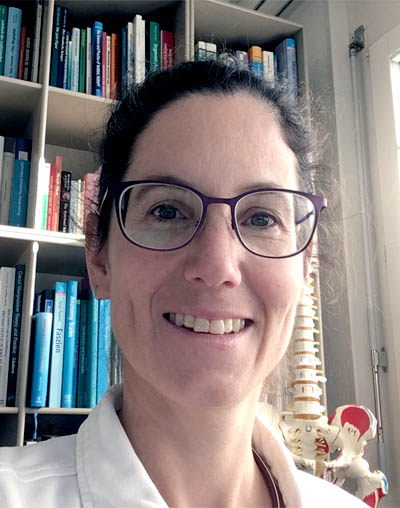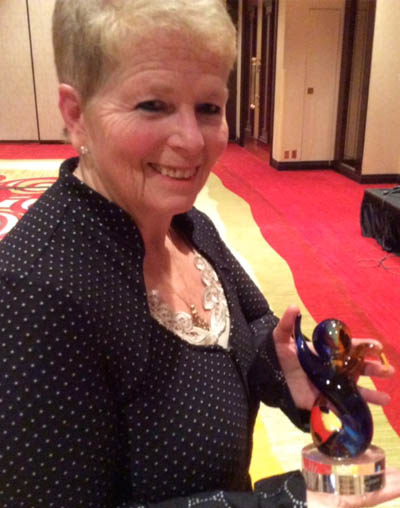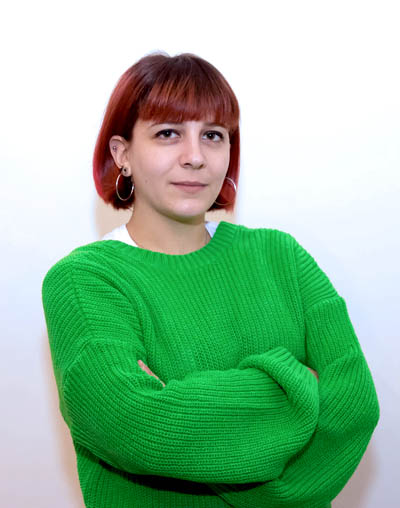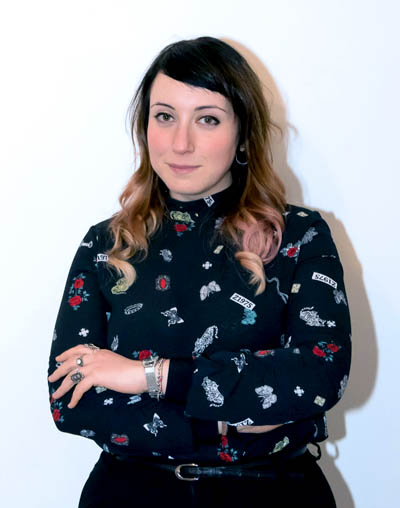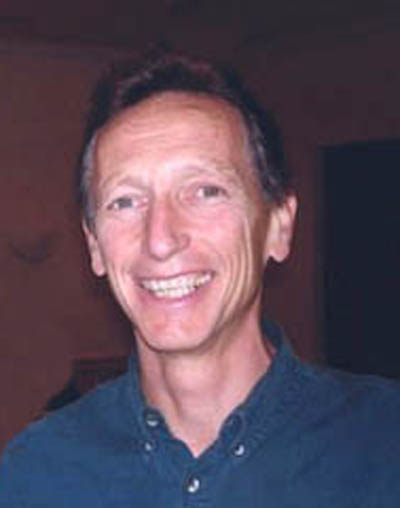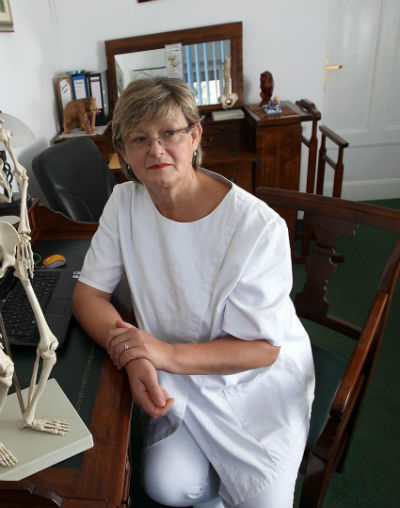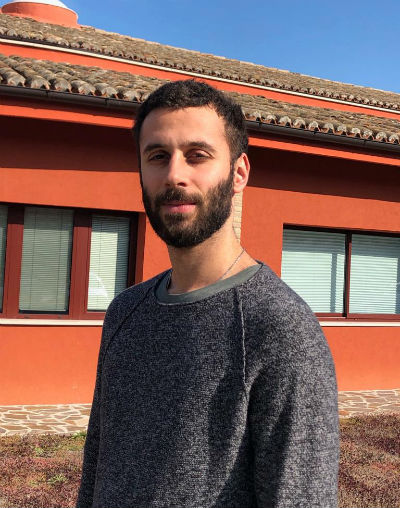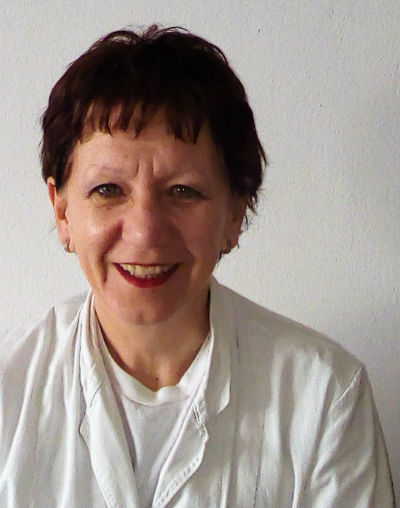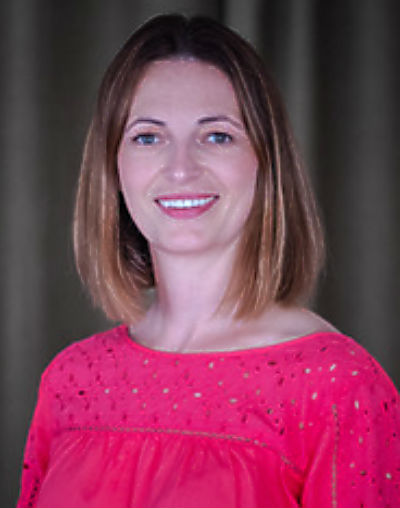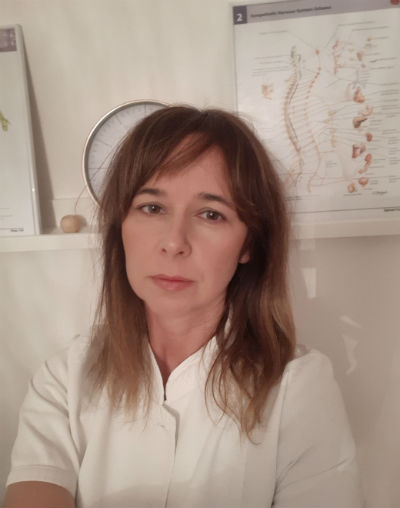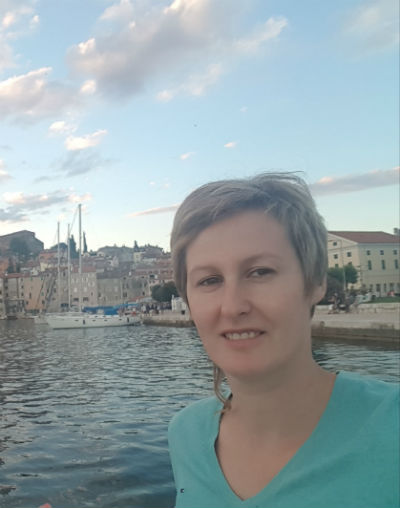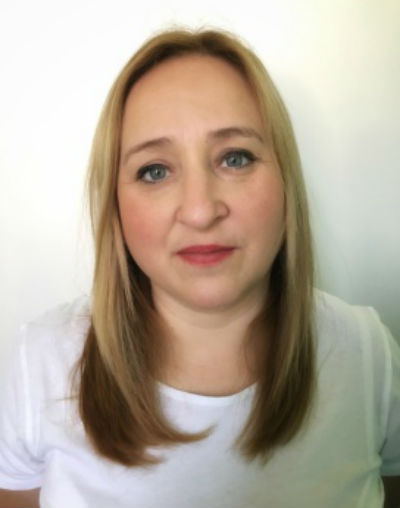Lectures and workshops
We will be updating this page with more details of meetings, presentations and workshops at our upcoming conference.
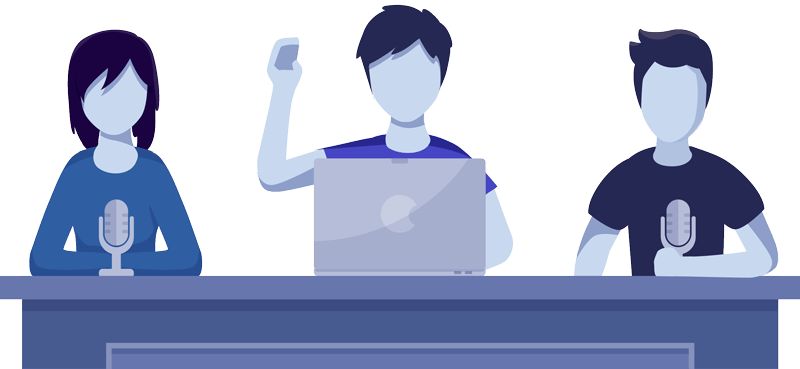
Velda Lulić
Osteopath, Pricnipal, Co-founder and teacher of Croatian Academy of Osteopathy
The effect of osteopathy on heart rate variability
LECTURE
The importance of heart rate variability (HRV) is becoming more recognized as one of the most effective predictors of cardiac condition, fitness, stress levels, aging, health risk levels and chronic disease condition. HRV provides a powerful means of observing the interplay between the sympathetic and parasympathetic Autonomic Nervous Systems.
In the past few years several studies have shown that heart rate variability is improved by various approaches from gratitude journaling to osteopathic treatment.
The aim of this lecture is to explain the science of HRV, point out the different studies, including osteopathic, which have shown positive effects of HRV on the heart and suggest ways that osteopaths can help their patients improve their heart rate variability.
Methods and techniques which could help the participants and patients achieve coherence of the heart and thus heart rate variability (HRV)
WORKSHOP
The objective of this research was to discover if Global Osteopathy combined with treatment using the Endocranial Concept developed by Philippe Druelle DO, would improve quality of life and cerebral processing in adults who experienced trauma in childhood. It was hypothesized that this approach would have a positive effect on the anterior cingulate cortex and cortico-limbic structures most often affected by trauma exposure and would improve quality of life measures in subjects.
Research was conducted in Zagreb, Croatia. The target population consisted of trauma-exposed adults living in Croatia during their War of Independence (1991-1995). Subjects were 3 to 14 years old between 1991-1995 and met an Exposure to War criteria.
Gordana Vešligaj
Osteopath, Mag.Pt. Co-founder of HAO, President of the Croatian Association of Osteopaths
Influence of osteopathic treatment on the infant who suffers from a dysregulation syndrome or excessive crying syndrome in infants
LECTURE
Birth is certainly one of the most important events in our lives. This is also the time when some of the primary dysfunctions occur which will affect the individual throughout his/her life. Early intervention plays a key role in the process of introducing breastfeeding which suffers in an infant with a dysregulation syndrome.
Although largely unknown within the health system of the Republic of Croatia, the osteopathic concept is regulated by the World Health Organization as Osteopathic Health Services, and the aim of this paper is also to inform the wider health community about the significance of osteopathic treatment inearly intervention.
Research on this topic confirm the value of osteopathy in early neurological rehabilitation of infants. A balanced and calm system more easily tolerates, regulates and organizesthe senses.
The influence of osteopathy on sensory development and sensory functioning from birth to death
WORKSHOP
Sensory Integration (SI) which is the way the brain receives, processes and appropriately responds to the information that reaches the individual from the environment, is responsible for our actions and behaviors from birth to death. The emphasis is on the term “purposeful” because if the system is too sensitive or insensitive to stimuli or is at times appropriately sensitive and at other times is not, the outgoing response from the brain will not be appropriate or correspond to the sensory information coming from the body. SI is responsible for everything that causes our motor functions: postural reactions, regulation of internal muscular tension (tonus), balance reactions, physical and spatial pattern, adaptive and protective responses.
Without good sensory input there is no good motor response and vice versa.Adaptive responses that also depend on good sensory modulation allow sequencing, motor planning, cognitive and speech processes thus regulating arousal, attention, and concentration, which facilitatespraxis (purposeful functioning). By regulating the praxis through sensory integration we influence emotional and social regulation, thus directly affecting functionality, personal work style and quality of life of every human being. Through clinical practice, there is a link between sensory integration and osteopathic approach.
The aim of this workshop is to clarify the importance and specific links between SI and global development of the child and show how the osteopathic approach has a role in the rehabilitation of children with sensory dysfunction.
Overcome the fear of treating babies and children
WORKSHOP
Many osteopaths are afraid of treating babies and children due to a number of reasons such as difficulty with communication, difficulty palpating a squirming or crying child, fear of hurting the child and other reasons.
In this talk and or workshop we will discuss helpful methods to get over the fear of treating babies and children. Various age appropriate toys which children appreciate and help in the treatmentwill be presented.
Janet Tait
Osteopath, Canada
The Osteopathic treatments of adults who experienced war as children
LECTURE
The objective of this research was to discover if Global Osteopathy combined with treatment using the Endocranial Concept developed by Philippe Druelle DO, would improve quality of life and cerebral processing in adults who experienced trauma in childhood.
It was hypothesized that this approach would have a positive effect on the anterior cingulate cortex and cortico-limbic structures most often affected by trauma exposure and would improve quality of life measures in subjects.
Denyse Dufresne
Osteopath, Canada
LECTURES
1st LECTURE – The effects of osteopathy on neuroplasticity at the neurosensory and motor levels
The child has to develop on the neuro-sensori-motor level but should also develop at the emotional level to acquire motivation, judgement and take an active part in society.
The neuroplasticity of the brain and its various components will allow this evolution; but, at times, impairment of some areas can impede this progress.
Based on anatomy and physiology, the osteopath with precise and gentle treatment can bring vitality to the areas in dysfunction and a more harmonious development can take place.
2nd LECTURE – The importance of children’s drawings in osteopathic diagnosis
Interpretation of children’s drawings is a means of evaluating the effect of our osteopathic treatment on functional outcomes in children.
In the early 2000s Denyse Dufresne participated with Dr Antoinette D. Thomas, a psychologist who specialized in children’s drawings, in a study entitled Osteopathic Healing in Children’s Drawings.
WORKSHOPS
1st WORKSHOP – Osteopathic evolution of the child and application of osteopathic energetic techniques
The brain of the child develops during pregnancy and childhood:
but what can affect this brain? How can osteopathy help its evolution?
In this workshop learn evaluating tests which are simple to execute, learn new techniques (high velocity & energetic) to intervene with more efficiency and to maximize your treatments.
2nd WORKSHOP – Cranial osteopathy techniques in order to facilitate health and the security of the child
The child expresses with his body while experiencing unpleasant events in life and often develops fever and/or infection when in conflict with the environment.
An osteopathic study in 2008 in Montréal made by Élaine Labonté-Beauregard proved what I have been saying to students about the double axis of disease which the osteopath can find and treat.
In this workshop you will learn about these axes, learn how to test them and learn cranial and energetic techniques to treat them with the aim to bring health and security which is so important for the child’s brain development.
Federica Di Bacco
Osteopath, Italy
Manuela Di Vito
Osteopath, Italy
Osteopathic treatment in a child subject affected by encephalopathy ischemic hypoxia
LECTURE
Ischemic-hypoxic encephalopathy is a neurological disorder that affects the natal or perinatal age and have multifactorial etiology. It causes death or chronic neurological disability in survivors. This condition causes damage of different nature based on the gestational age of the onset of the same or based on the severity of the insult. Numerous observations reported in the literature have discussed the effects of focal brain lesions on the development of language and cognitive skills.
Bruno Ducoux
Osteopath, France
Heart and emotions in Osteopathy
LECTURE
Considering the body, A.T. Still insisted on visualization as a primary therapeutic focus. When we touch, palpation becomes perception, allowing us to reach places deep within the body and connected with the environment.
Among the different levels we may access through our work, the emotional domain is an important intermediate one; when related to the heart, it’s an open access to joy.
Communication with the body system
WORKSHOP
In this introductory workshop, we will touch upon ways of enhancing our communication in this complex body system as well as our ability to access emotional components held in the layers of tissue: embryology, anatomy, extra cellular matrix, autonomic and central nervous system are tools to listen to vibratory fulcrums as potentials, using verbalization and dialogue.
Jadranka Brozd
Physiotherapist, Croatia
Osteopathy and Rare Diseases
LECTURE
From a medical point of view Rare Diseases are usually chronic, degenerative, incurable and potentially fatal diseases, thus the quality of life of those affected patients is significantly reduced and they are psycho socially isolated. The uncertainty of the course of the disease, the low availability of adequate medication and the daily struggle with symptoms show the necessity of providing help to these patients.
This lecture is not a scientific presentation but a testimony and a call for co-operation. There are over 7,000 Rare diseases but only 1 percent has a cure. In Europe 6-8% of the population suffers from rare diseases. These people are particularly isolated and vulnerable, and the entire family is affected.
Luca Cicchitti
Osteopath, Italy
Efficacy Of Osteopathic Treatment On Newborns In Nicu: Retrospective observational study
LECTURE
Low-birth-weight (LBW) is a major cause of neonatal death and contributes to 60% to 80% of all neonatal deaths.
The average length of stay (LOS) in NICU is 1.9 days for not premature babies, with an average cost of $1,334; while for babies with moderate to severe prematurity LOS ranges from 29.9 days to 64 days, with an average cost of $32,153.
The aim of this retrospective observational study is to evaluate the impact of osteopathy on clinical data routinely collected among the ward electronic database.
Yannick Fleck
Osteopath, France
The osteopath facing autistic children with gastrointestinal functional disorders
LECTURE
Autism Spectrum Disorder (ASD), a complex developmental disorder characterized by difficulties in communication, social interaction and restricted and repetitive behaviour, now affects 1 in 68 children, according to the latest studies in the United States of America.
Almost half of these children also suffer from functional gastrointestinal disorders. These disorders, atypically expressed, are often under diagnosed and under treated. Many studies show that they tend to increase ASD symptoms’ intensity.
Mirjana Dujmović
Osteopath and Physiotherapist, Bugojno, BiH
The Effects of Cranial Osteopathy on Insomnia Among Perimenopausal and Postmenopausal Women – participants’ point of view
LECTURE
The idea for this research was born after it had been observed that there were more and more female patients/clients complaining about sleeping disorders without any apparent cause while they had no difficulties falling asleep during the treatment and/or feeling very drowsy after it.
The purpose of this work is to show the influence of the Cranial Osteopathy on the participants of the research and to present their opinions on the influence that Cranial Osteopathy had on their insomnia, but also on their emotions, state of health and everyday functioning.
Slavica Ravnjak
Osteopath and Physiotherapist, Croatia
The effect of osteopathic treatments on walking in persons with hemiparesis who have suffered a stroke
LECTURE
The latest research shows the ability to create new neural connections in the adults with neurological deficits as a result of cerebrovascular disease.
For the purpose of producing a graduate thesis at the Croatian Academy of Osteopathy, we conducted a research in order to evaluate the effects of osteopathic treatments on walking in persons with hemiparesis who have suffered a stroke.
Our secondary goal was to demonstrate the effect of osteopathic treatment on improving the primary respiratory mechanism of the sacrum and the quality of life in persons with hemiparesis due to a stroke.
Nikolina Sokalić
Physiotherapist, Thesis writer HAO, Croatia
Suzana Šereg
Physiotherapist, Thesis writer HAO, Croatia
Vesna Šepec
Occupational Therapist, Croatia
Possibility of the Application of the Osteopathic Approach in the Specialized Hospital for Medical Rehabilitation Krapinske Toplice
LECTURE
There is an increasing popularity of Osteopathy in the world, as well as in Croatia. For the past 15 years Osteopathy has been practiced in healthcare institutions and private clinics throughout Croatia.
This presentation shows that the application of osteopathic techniques has an impact on the quality of life and on a better and more successful rehabilitation of patients in orthopedics, neurology, cardiology and pediatrics, in the Specialized Hospital for Medical Rehabilitation Krapinske Toplice.
Committee
Would you like to attend the congress?
Contact us!
If you have additional questions about the congress, please contact us.
Mail: info@osteopatija.com.hr

